Organ Meats: Nutrition, Recipes, and Where to Buy
Organ meats are the most nutrient-dense foods on the planet and can have an important role in your health. Get to know these heritage foods and learn the best ways to use organ meats in your diet. Whether you enjoy a keto diet, carnivore diet, paleo, or just want to eat healthier, I have organ meat recipes and tips for you!
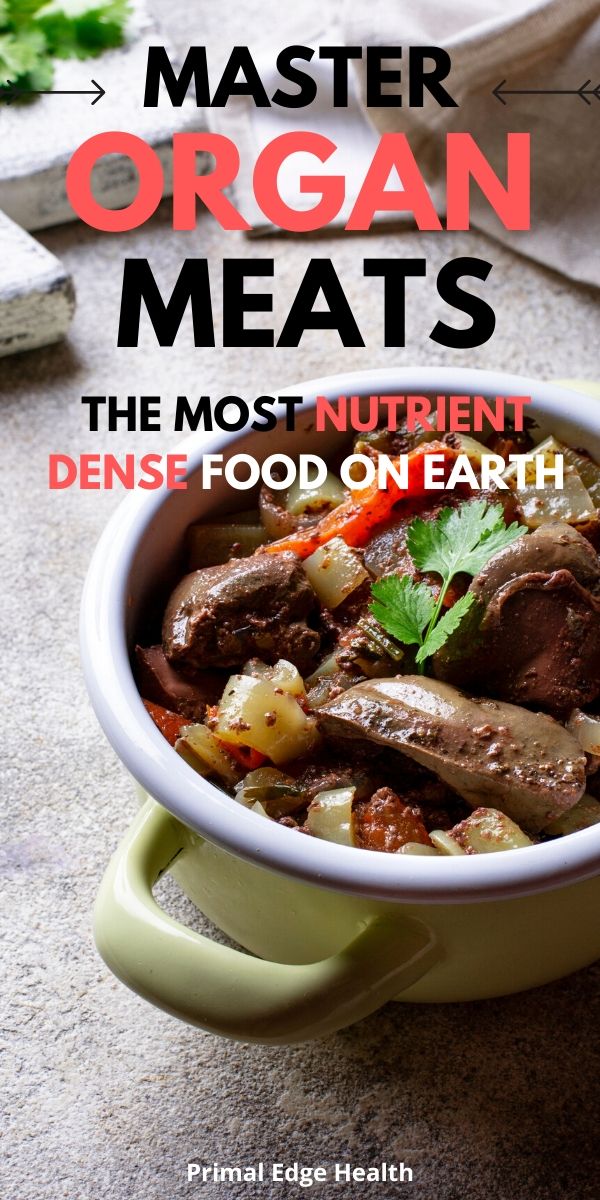
No one is going to start eating nose-to-tail if recipes are overly complicated or look too foreign to eat. My goal is to make simple and easy organ meat recipes that the whole family will enjoy. Learn the nutritional benefits of organ meats, follow my shopping and sourcing tips, and get used to cooking these foods in your own kitchen. Enjoy the journey of maximizing nutrition as you optimize your diet and lifestyle!
What are Organ Meats?
Referred to by many names like offal, odd bits, pluck, and variety meats, Wikipedia states, “Organ meats are the viscera (internal organs) and entrails of a butchered animal.”
These general terms refer to the whole category of parts, the specific edible bits vary from culture to culture. Typically muscle meat and bone are excluded from offal.
With German roots, the word offal means “‘off-fall, referring to that which has fallen off during butchering.”
You’ve probably heard of foie gras, pate, and sweetbread which are internationally recognized as gourmet foods. Once you start looking, you will soon realize the variety of uses these parts have and the important role they hold as culturally significant ingredients.
Organ meats and offal may come from any number of animals. The most common choices are beef, lamb, sheep, goat, bison, chicken, duck, pork, and rabbit.
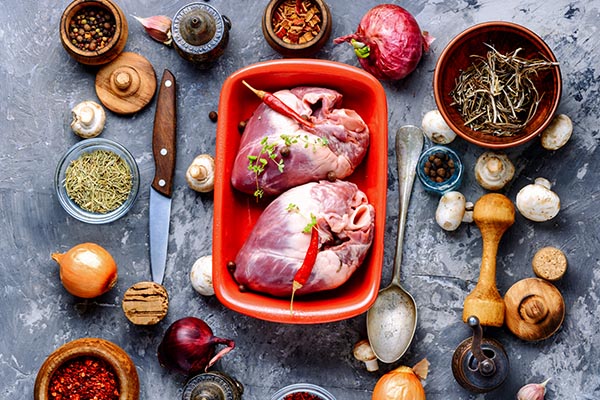
A List of the Best Organ Meats to Eat
Whichever organ you can find and cook in a way you enjoy is going to be the best to eat. In contemporary American culture, liver is the most popular and well-known. The most common types of organ meat are:
- Heart
- Kidney
- Liver
- Sweetbread
- Tongue
- Tripe
Some organ meats and odd bits are less common but still edible. Others include, but are not limited to:
- Blood
- Brain (would you believe some people eat it raw?)
- Chitterlings
- Hide
- Hooves
- Horns
- Intestines
- Lung
- Pancreas
- Snout
- Spleen
- Testicle
- Trotters
Some people also say suet aka fat, used to render beef tallow (or lamb, mutton, etc) can also be classified as an organ. Organ meat comes from many animals: beef, lamb, mutton, goat, bison, elk, deer, chicken, duck, goose, pork, and fish.
I do recommend sourcing grass-fed, pasture-raised, and organic organ meats over conventionally raised. According to The Organic Center, these sources offer higher nutrient quality, including more omega-3s, vitamins, and CLA compared to conventionally raised meats.
These animals are also less exposed to pesticides, hormones, and antibiotics, reducing toxin levels in their organs. Plus, grass-fed and pasture-raised practices support better animal welfare and sustainability, making them a healthier and more ethical choice.
Although, not always possible, knowing the source of your food is very rewarding. Using the tips in how to buy liver can also help with other organ meats of choice. Always do the best you can.
Organ Meat Benefits: Are They Healthy?
There are many nutritional benefits of organ meats. The benefits of liver, for example, are just about off the charts.
Organ meats are culturally significant foods across the world and have a valued role in many fertility-boosting diets. Weston A. Price notes in Nutrition and Physical Degeneration, that many traditional tribes use organ meats in their preconception and postpartum care. They also reserve certain organs for their young children and the elderly.
With the general degradation of an agrochemical attack on our modern food supply, organ meats may have a more important role than ever before when it comes to increasing nutrient density.
Liver pate is a great organ meat recipe for beginners. Most people have heard of pate before, if not tried at least once themselves. Liver pate is easy to make, has a smooth and creamy texture, and actually tastes pretty darn good. I highly recommend liver pate for keto and carnivore diets!
Organ meats can be an extremely valuable part of your diet. Here’s a general overview of the vitamins and minerals you can get from various types of organ meats, according to Culinary Nutrition:
- Vitamin A: Particularly abundant in liver, essential for vision, immune function, and skin health.
- B Vitamins: Organ meats, especially liver and kidney, are packed with B vitamins, including:
- B1 (thiamin): Important for energy metabolism and nerve function.
- B2 (riboflavin): Supports energy production and cellular function.
- B6: Crucial for brain development and maintaining a healthy nervous system.
- B12: Found in high levels in liver and kidney, this vitamin is essential for red blood cell production and brain health.
- Niacin (B3): Plays a key role in digestive health and nervous system function.
- Folate: Also known as vitamin B9, folate supports cell function and tissue growth, particularly important for pregnant women.
- Vitamin D: Found in liver, it helps with calcium absorption and bone health.
- Biotin and pantothenic acid: These B vitamins support energy metabolism and skin health.
- Iron: Organ meats are a rich source of heme iron, which is more easily absorbed by the body compared to non-heme iron from plant sources. Liver, in particular, is a powerhouse for iron, helping to prevent anemia.
- Zinc: Highly bioavailable, zinc from organ meats supports immune function, wound healing, and DNA synthesis.
- Copper: Found in high amounts in liver, copper plays a role in iron metabolism and brain function.
- Selenium: Particularly abundant in kidney and liver, selenium acts as a powerful antioxidant, protecting cells from damage and supporting thyroid function.
- Phosphorus: Important for bone health and energy production.
- Potassium: Helps regulate fluid balance, muscle contractions, and nerve signals.
- Organ meats, particularly brain and liver, contain significant amounts of omega-3 and omega-6 polyunsaturated fatty acids, which are important for preventing heart disease.
- Conjugated linoleic acid (CLA): Especially present in grass-fed organ meats, CLA has been shown to support fat metabolism and may have anti-inflammatory properties.
- Cholesterol: While organ meats are high in dietary cholesterol, they provide beneficial nutrients for brain function and hormone production. Cholesterol intake from organ meats, especially brain and liver, can be part of a healthy diet when eaten in moderation.
Plus, organ meats are also a great source of protein. For example, a hundred-gram portion of beef liver contains 20.4 grams of protein, says the USDA.
Who Should Not Eat Organ Meats?
While organ meats are packed with nutrients, they might not be for everyone. If you have gout, you may need to be careful because organ meats like liver and kidneys are high in purines, which can trigger painful flare-ups.
People with high cholesterol or those at risk for heart disease might also want to limit how much organ meat they eat since these foods can be high in cholesterol, although how much this affects your heart can depend on the person and their dietary framework. Pregnant women should avoid eating too much liver because it’s super high in vitamin A, and too much of it can be harmful to the baby.
Lastly, if you have any issues with your kidneys or liver, or if you’ve been told to stick to a low-protein diet, it’s a good idea to check with your doctor before eating organ meats regularly. Always check with your healthcare provider before adding organ meats to your diet.
Are Organ Meats Safe to Eat?
Yes, organ meats are generally safe to eat if sourced from reputable suppliers and prepared properly, but there are some risks to be aware of. According to the FDA, one concern is mad cow disease (Bovine Spongiform Encephalopathy, or BSE), which affects the brain and spinal cord of cattle and can lead to a rare but fatal human condition called variant Creutzfeldt-Jakob disease (vCJD). The highest-risk organs are the brain and spinal tissue, but strict regulations in most countries help prevent infected meat from entering the food supply.
When it comes to food safety, eating organ meats raw or undercooked can expose you to harmful bacteria like E. coli or Salmonella, so it’s important to cook them thoroughly. If you do choose to eat raw organ meats, make sure they come from a trusted source and handle them with extra care.
How to Cook Organ Meats That Actually Taste Good
If you are just getting started with organ meats, I have some tips for you. To make this new culinary journey as enjoyable as possible, sign up for my mini email series for my top 5 Easy Ways to Make Organ Meat. I have a few secrets on cooking organ meat recipes that you will want to know about!
Here’s a look at what’s inside:
- The best organ meats for you
- How to start eating organ meats
- How to customize recipes so they aren’t gross
- Tips for getting the family on board
- What organ meat actually tastes like
- How much organ meat you should eat
- Freezer-friendly options for organ meat recipes
Easy Organ Meat Recipes
Making healthy recipes with hidden organ meat is an excellent meal prep strategy if you’re new to this realm or if you cook for a family and want to ease everyone into nose-to-tail cuisine gently and gracefully. My favorite way to make delicious organ meat recipes that no one will scream over is to use ground organ meat mixed with ground beef.
US Wellness has one of my favorite pre-made blends with ground liver, heart, and kidney all mixed up with beef and ready to go. This is a great choice to order a few pounds of and keep in the freezer until you are ready to use it.
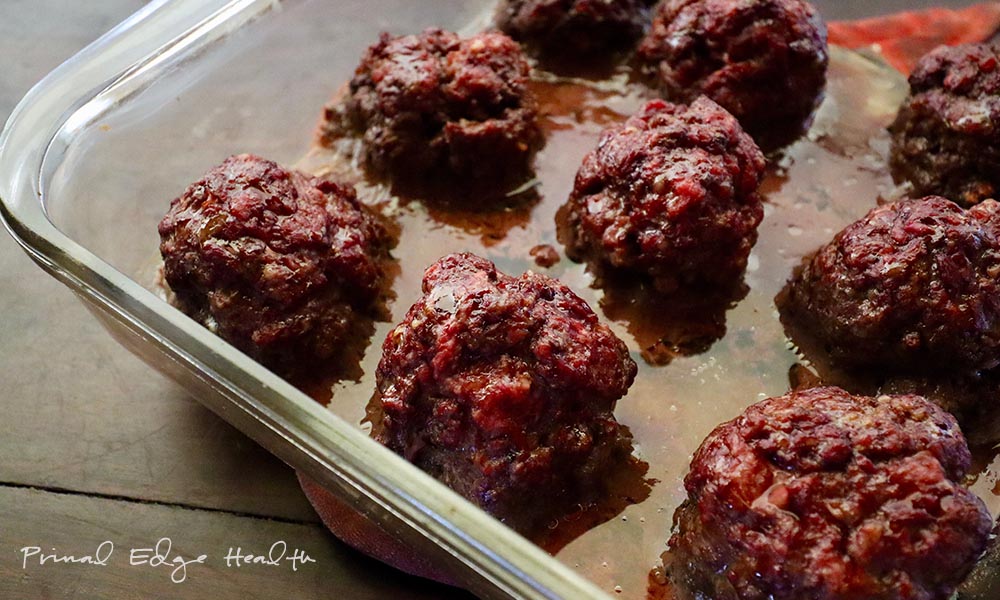


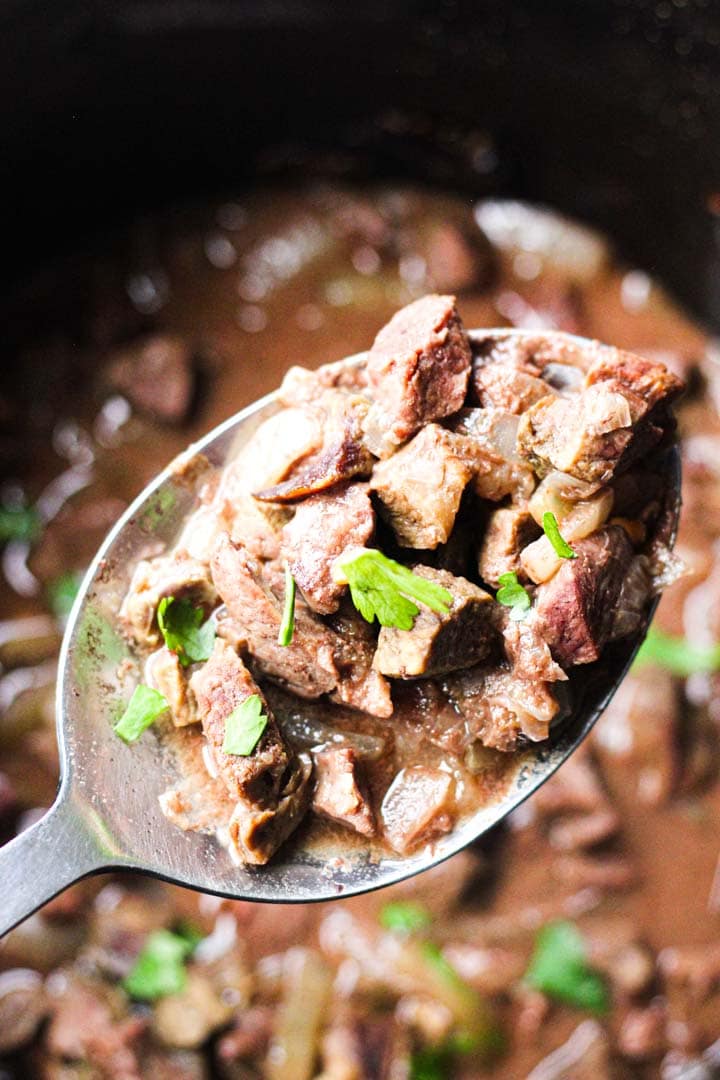
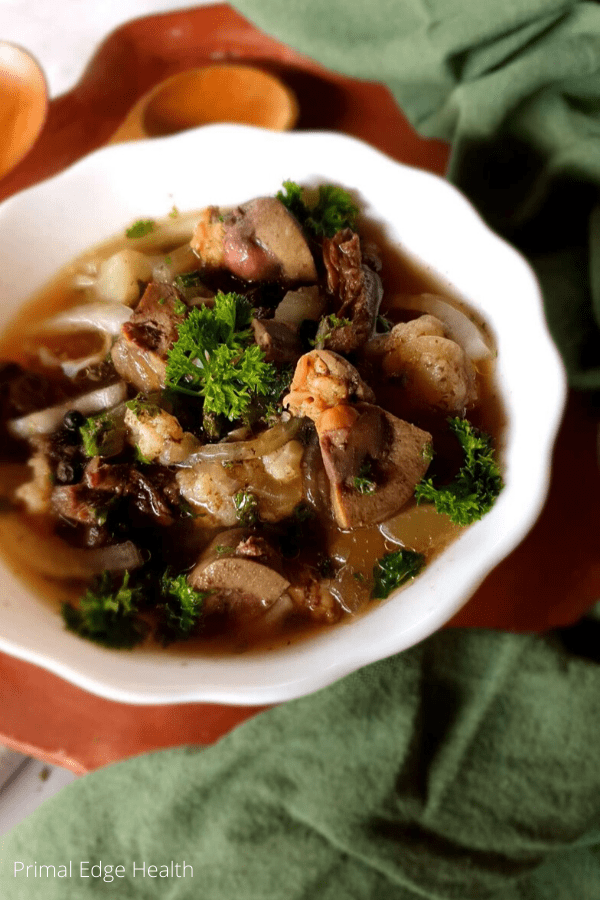





Organ Meat on a Carnivore Diet
If you are inclined toward a more simple approach, already have a knack for organ meats, or prefer a fiber-free diet, these carnivore diet-approved organ meat recipes are for you!

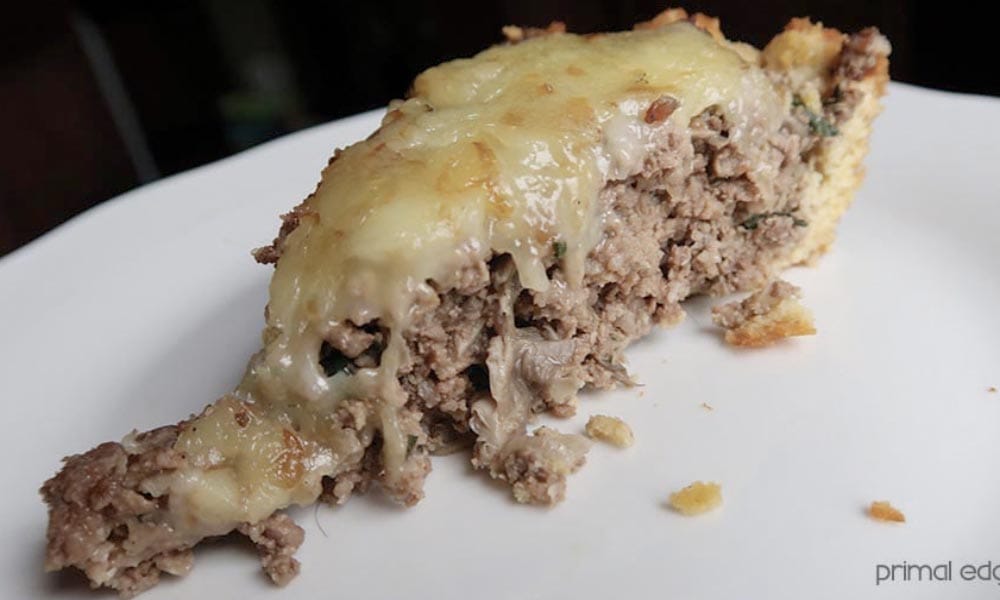
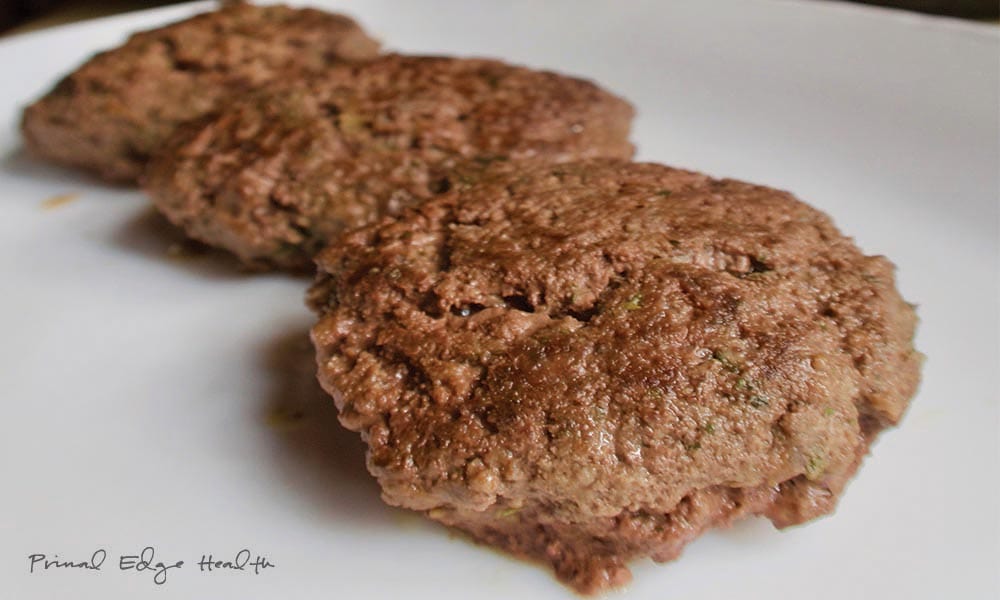

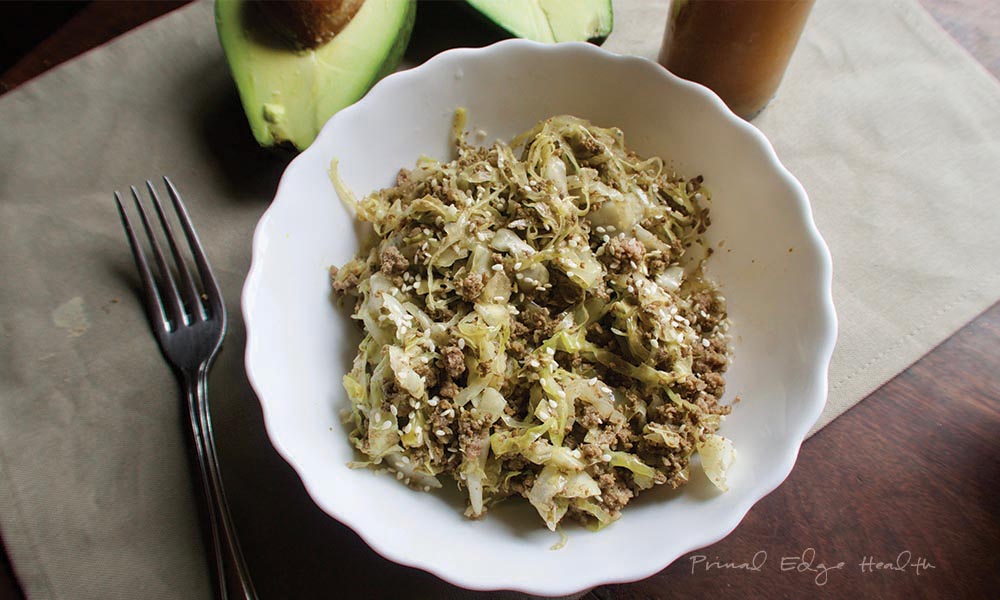
Organ Meat Cookbooks
Now that you know I’m such a fan of organ meats. Do you think I could write a cookbook and leave out these important foods? If you said “no”, you’re right!
I included a huge section of easy-to-make, homemade organ meat recipes in both The Ketogenic Edge Cookbook and The
Organ Meat Supplements
If you are on the fence about making organ meats in your own home, try grass-fed beef organ meat supplements first. These are great if you travel often and want to take your nutrition on the go. They will fortify whatever meals you have while out and about.
Children can also benefit from supplementation. If they are not old enough to swallow the capsule yet, it is easy to open up and sprinkle the contents over their food.
Our children happen to love desiccated liver supplements and eat them like candy. They play with the gelatin capsules and get them to stick to their lips and fingers after soaking up a little moisture from their mouth. It’s always a big show but I don’t even mind because we’re dealing with a minimally refined, whole-food supplement.
Where to Find Organ Meats Near Me?
In comparison to the nutritional value of organ meats, their dollar value is quite low. This is another reason why you can benefit from eating more of them. Your body and wallet will thank you!
The overall demand for organ meats remains low so they are still pretty affordable options. The easiest place to find organ meats is from your local butcher. Ask the person you already buy meat from and see if they can source organs for you too.
Now, the best place to buy organ meats is from the food producers themselves. Search EatWild to find ranchers in your area and connect with them directly. There are also many trusted places online that sell high-quality organ meats.
- White Oak Pastures – Large selection of grass-fed and pastured beef, goat, lamb, pork, turkey, chicken, duck, goose, guinea, and rabbit
- US Wellness Meats – A complete list of organ meats from grass-fed beef, lamb, and bison as well as pasture-raised chicken and turkey. Also, liverwurst, braunschweiger, head cheese, and dried organ sausages.
This is Your Sign to Try Organ Meats
Organ meats are seriously one of the most nutrient-dense foods you can add to your diet, and they can do wonders for your health. Whether you’re looking to boost your vitamin intake or try something new in the kitchen, organ meats are worth considering.
But before you jump in, it’s always a good idea to check with your doctor—especially if you have health conditions like gout or high cholesterol. Once you get the green light, feel free to explore all the tasty and easy organ meat recipes on the blog. You’ll be surprised at how delicious and nutritious they can be!

